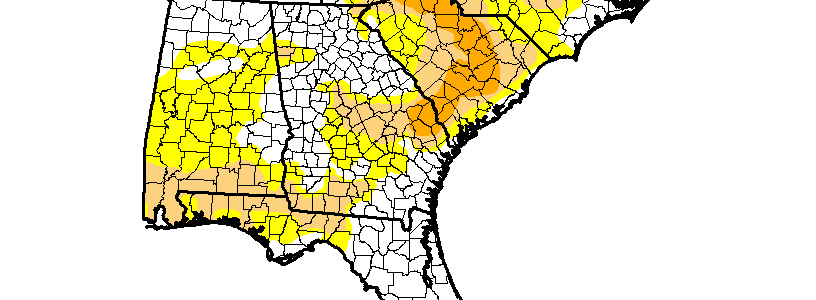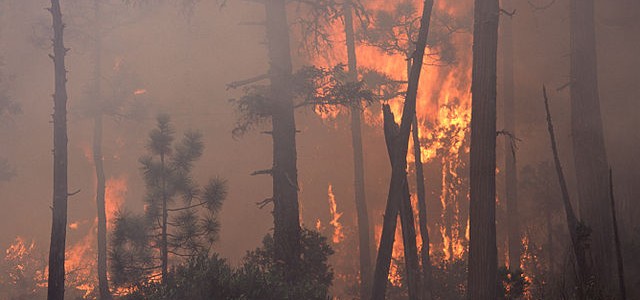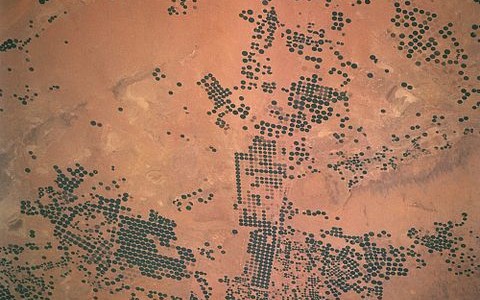Drought
-

The Southeast Farm Press reported earlier this week about the devastating impacts of the flash drought that is affecting South Carolina as well as parts of North Carolina and Georgia. Ironically, wet conditions last spring delayed planting of many crops and probably reduced the number of acres of corn planted. Then hot and dry conditions…
-

The latest Drought Monitor this morning shows decreasing drought in Georgia and Florida but increases in drought and abnormally dry conditions in Alabama and North and South Carolina. You can visit the Drought Monitor at https://www.droughtmonitor.unl.edu/. Predictions for rainfall are below average for the next few weeks so this is likely to expand over time,…
-

AgWeb published a story today on the adverse impacts of the forest fires that are raging across the Western US on cattle and ranchers. Much of the land that has burned is leased for grazing, and some ranchers have had significant losses of cattle and hay as well as destruction of barns and equipment. …
-

Vox.com had an interesting story online yesterday discussing the boom and bust of agriculture in Saudi Arabia due to their overuse of groundwater. According to the story, in the 1970s, the government allowed farmers to dig as many wells as they wanted to grow crops. Agriculture boomed, and Saudi Arabia for a while became the…
-

The latest Drought Monitor was released today and shows that severe drought (D2) expanded slightly in the Southeast as a whole in the past week. Most of the expansion was in the Carolinas and Georgia; extreme drought was eliminated and conditions improved to “severe drought” in southern Florida due to the rain from the remains of Tropical…
-

The State Climate Office of North Carolina released an article today describing some summer student research on drought indices they have undertaken. You can read the article at https://climate.ncsu.edu/climateblog?id=150&h=5666e5c1. The researcher looked at two different datasets of temperature and created a new drought index to compare to the standard Palmer Drought Severity Index to see how…
-

Yahoo News provided a link to a recent story on the eight states that are currently running out of water. I expected to read about California and the Pacific Northwest but did not expect to see South Carolina in the mix. You can read the story here with a list of the eight states. The…